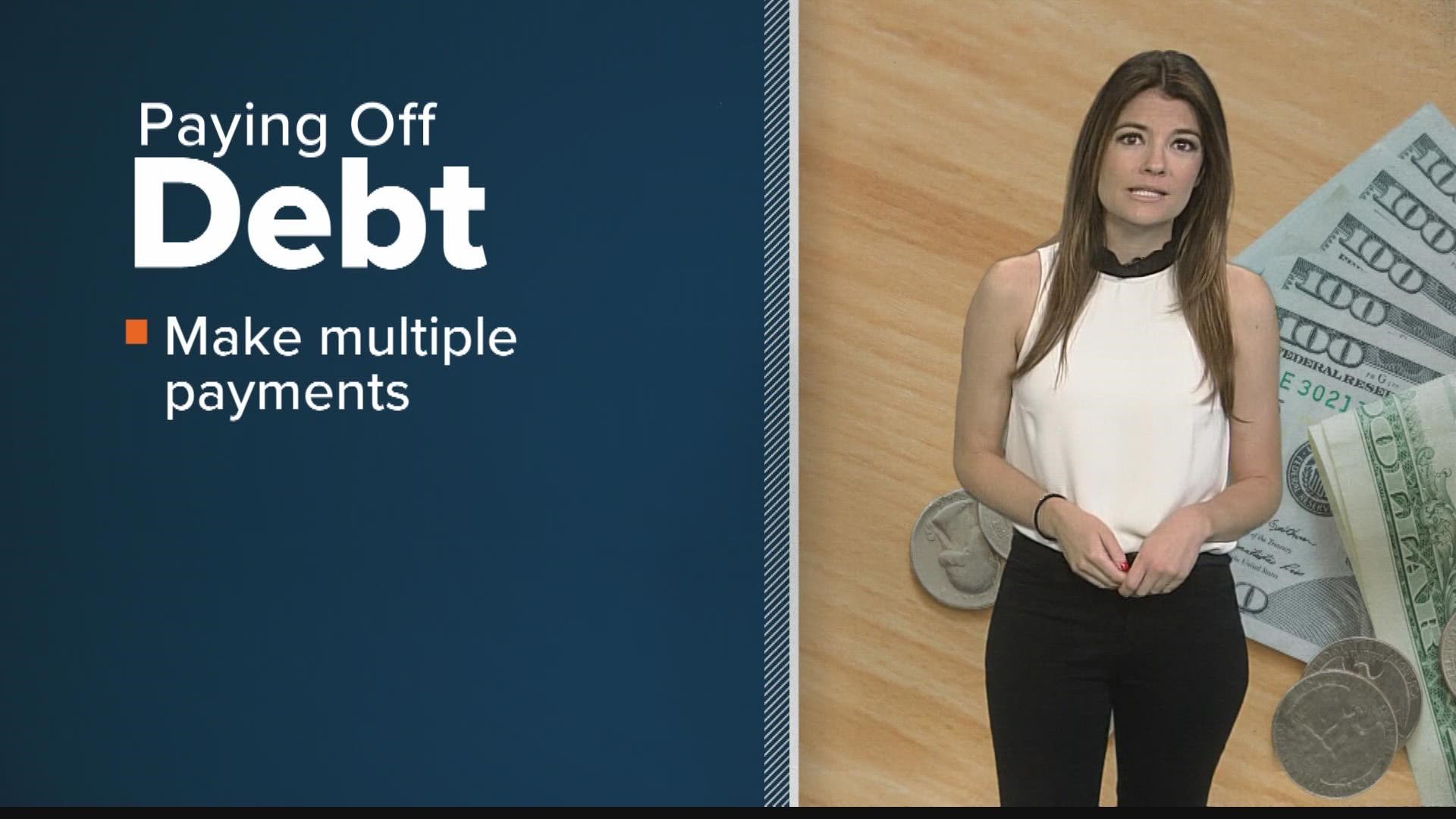INDIANAPOLIS — Interest rates keep going up and that's making credit card debt more expensive.
Credit card balances are 13% higher this year than the same time last year. That's the biggest year-over-year jump in more than 20 years.
Why does the rate change?
Credit cards charge variable rate interest, meaning it changes with the market. Every time the Federal Reserve raises interest rates, the APR, or Annual Percentage Rate, can go up.
Ted Rossman with Bankrate said figuring out your card's rate is a great place to start.
"We found that 40% of people in credit card debt didn't even know their interest rate," Rossman said.
If your goal is to pay off $5,000 in six months at 18%, the interest will cost around $265.
At 20%, the same goal is costs $295 in interest and at 22%, you'll pay $325 in interest.
If you make new charges during this time, your interest owed would likely be higher.
How does credit card interest work?
To calculate interest, start with dividing the APR by 365, or the number of days a year. If your APR is 20%, your daily rate is .0547%. To convert this to a decimal point, divide by 100.
"If you have credit card debt, interest is compounding every single day, unfortunately," Rossman said.
Next, find your average daily balance. The average daily balance is not the statement balance due.
For example, if you carry over $1,000 and don't spend another dime, $1,000 is your average daily balance. If you carry over $1,000 and charge a single $500 purchase halfway through a 30-day month, your average daily balance would be $1,250.
Here's the math:
- $1,000 x 15 days = $15,000
- $1,500 x 15 day = $22,500
- Then, add $15,000 and $22,500, and divide it by 30 (days) to find the average.
- Multiply the average daily rate (.000547) by the average daily balance ($1,250).
- Finally, multiply that number by the days of the month (30).
The interest charged would be around $20.50.
Saving money on debt
There are strategies that could help put this fire out.
If possible, make extra payments since carrying a balance adds up daily.
If you're serious about paying it all off, transfer the debt to a 0% balance transfer card. This will pause the interest from piling up.
"That can be a huge savings, hundreds, maybe thousands of dollars, depending on how much you owe," Rossman said.
You can also call your current card holder and ask for a lower APR, or that it remain the same.

